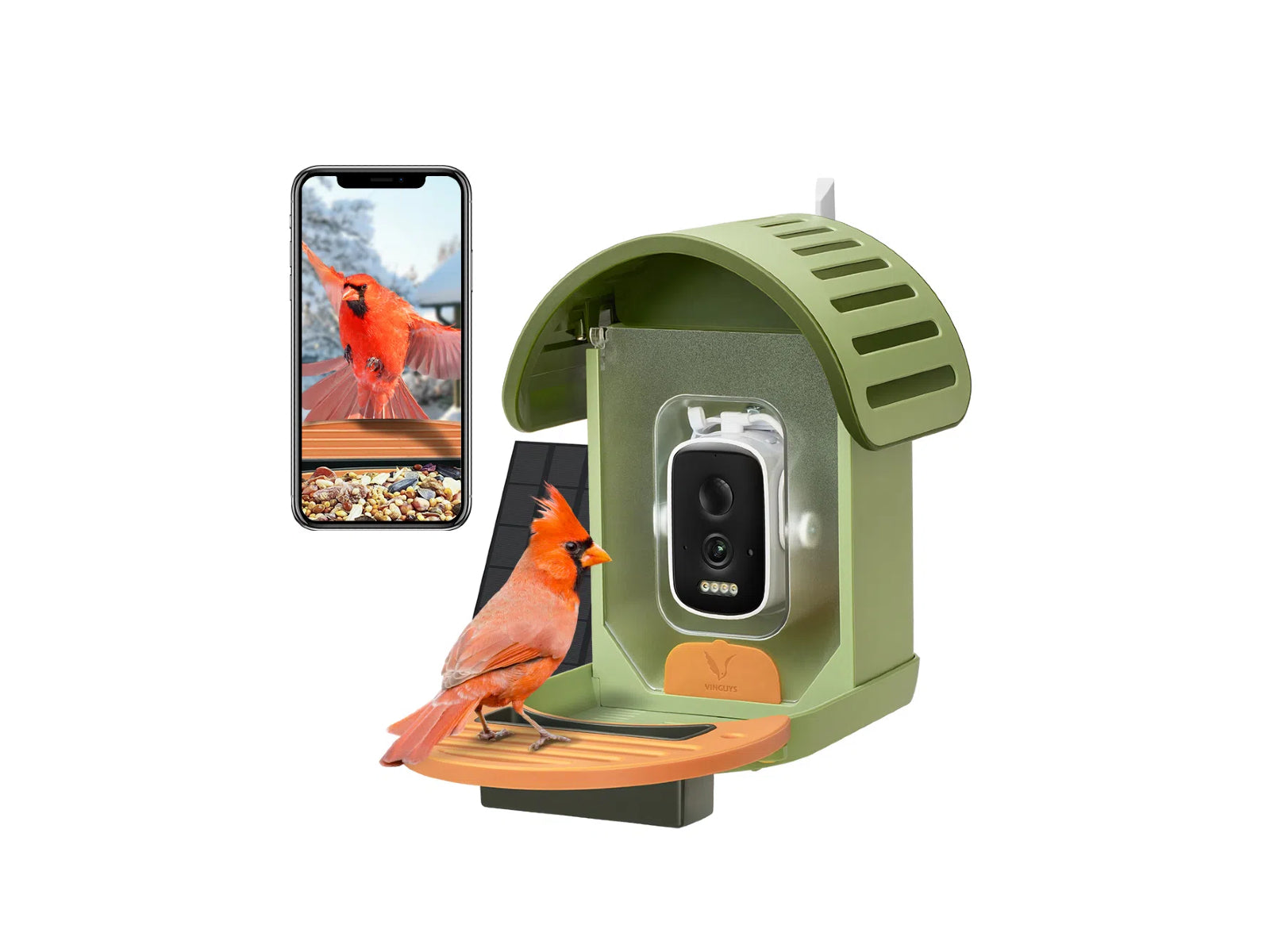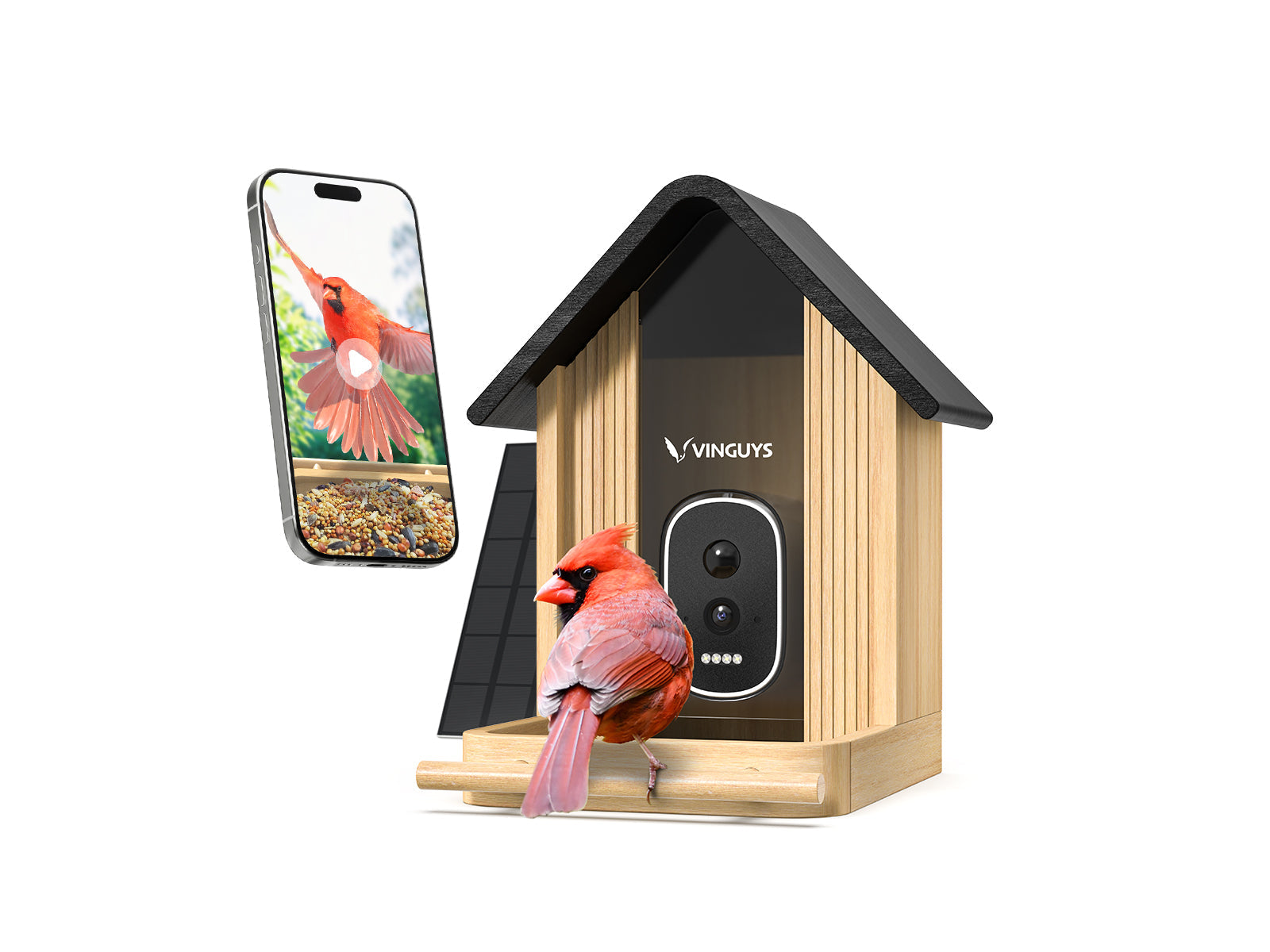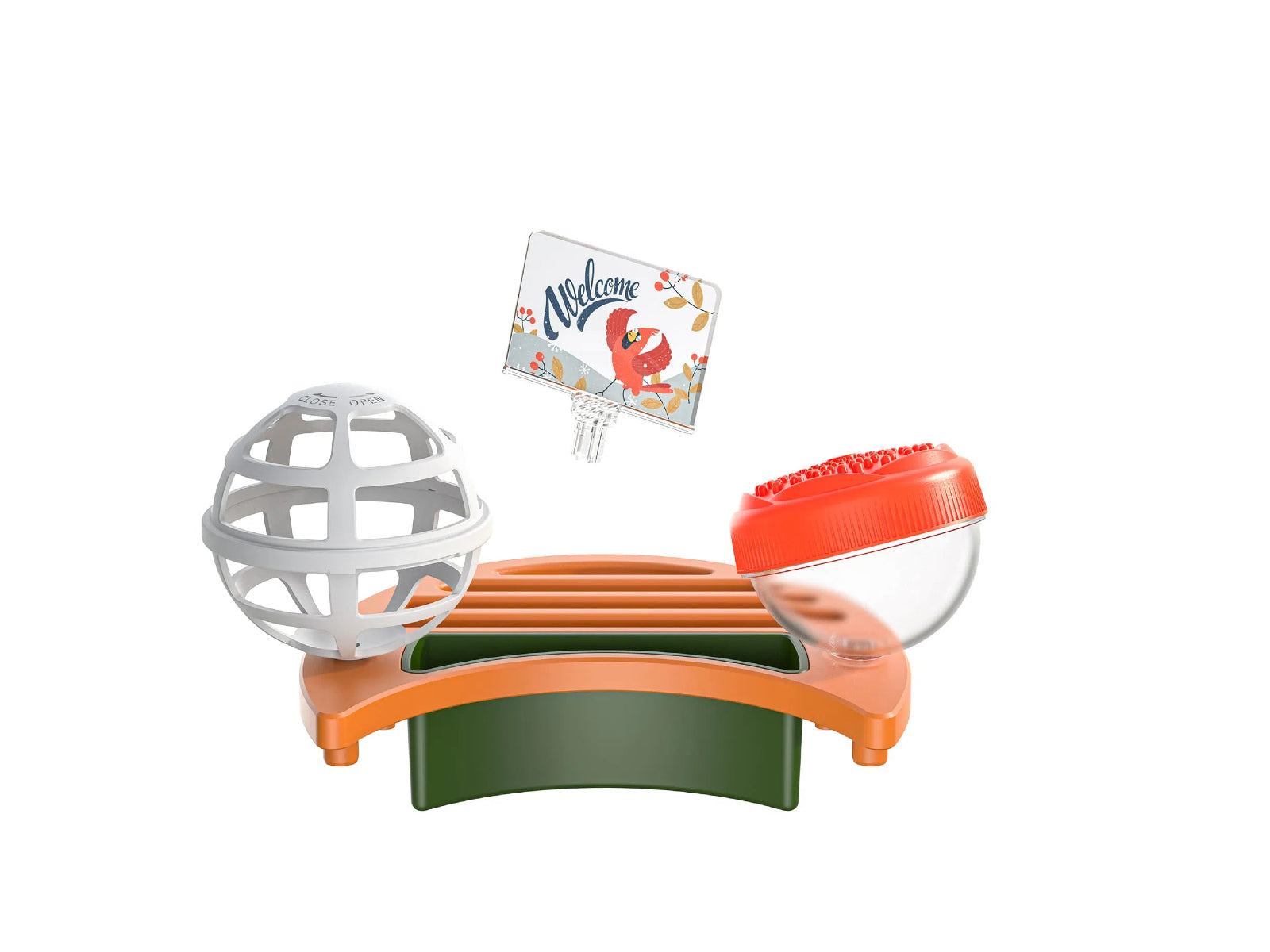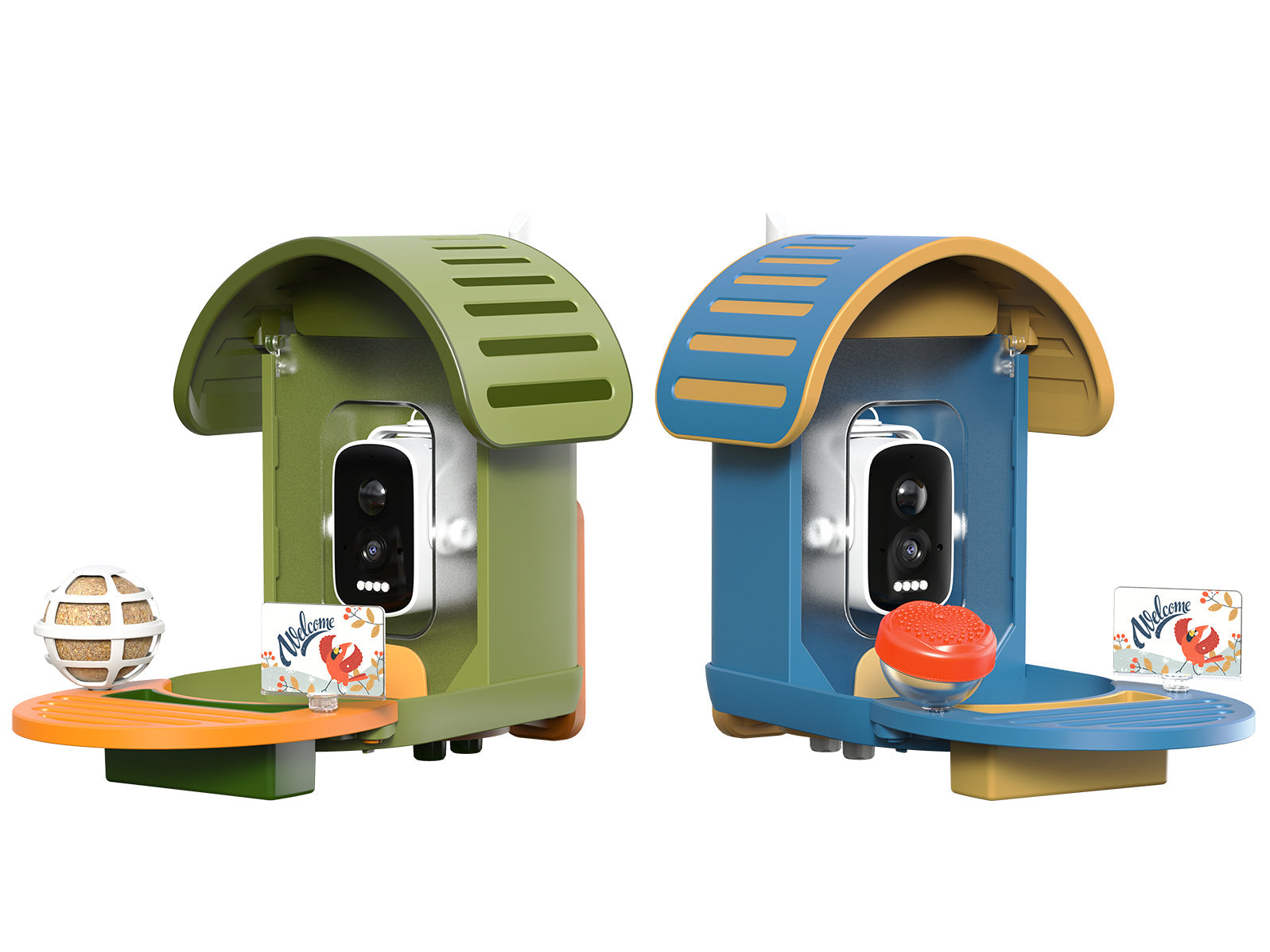

A Comprehensive Guide to Bird Food Types and Proper Storage
When it comes to attracting birds to your backyard, choosing the right bird food and storing it properly are crucial. Whether you are a seasoned birdwatcher or a beginner hoping to welcome more feathered friends, understanding the variety of bird foods and how to store them properly is key. In this guide, we’ll explore various types of bird food and share practical tips on keeping it fresh and safe for your visitors.
Popular Bird Food Types
1. Seeds Seeds are the most common bird food and attract a wide variety of species. Sunflower seeds, millet, safflower, and nyjer (thistle) seeds are favorites. Black oil sunflower seeds, in particular, are loved by many songbirds due to their high fat content and easy-to-crack shells. To attract a mix of birds, consider offering a seed blend that combines different varieties. Be sure to choose high-quality seeds, as cheaper blends often include filler ingredients that birds may avoid.
2. Suet Suet is a high-energy food made from animal fat, perfect for cold months. It attracts woodpeckers, nuthatches, and other insect-eating birds. Suet cakes often come blended with seeds, nuts, or berries to enhance their appeal. You can also make homemade suet by mixing beef fat with seeds and dried fruit. Hang suet feeders away from direct sunlight to prevent melting, especially in warmer climates.
3. Nectar Nectar is essential for hummingbirds and other nectar-feeding birds. A simple homemade nectar recipe involves mixing four parts water to one part white granulated sugar. Avoid using honey or artificial dyes, as they can harm birds. Clean nectar feeders frequently to prevent mold and bacterial growth. Replace the nectar every few days, especially in hot weather.
4. Mealworms A popular protein-rich option, mealworms attract bluebirds, robins, and other insectivores. They can be offered dried or live, depending on your preferences and bird species. Use a mealworm feeder with a smooth surface to prevent escape. Live mealworms can be stored in the refrigerator to slow their activity, while dried mealworms should be kept in a sealed container to maintain freshness.
5. Peanuts Whole or shelled, peanuts are great for attracting jays, woodpeckers, and squirrels. Ensure they are unsalted and fresh to avoid health issues. Consider using mesh feeders designed specifically for peanuts to minimize waste and keep them dry. If you notice mold or a rancid smell, discard the peanuts immediately.
How to Store Bird Food Properly
1. Use Airtight Containers Store bird food in airtight containers to keep it dry and prevent mold growth. Metal or heavy-duty plastic containers work best to keep out pests like rodents. Consider adding a moisture-absorbing packet to maintain dryness, especially in humid areas.
2. Keep in a Cool, Dry Place Heat and humidity can cause seeds to spoil or become moldy. Store your bird food in a shaded, cool area like a garage or shed. Avoid placing containers directly on concrete floors, as they can draw moisture. Instead, elevate containers on wooden pallets or shelves.
3. Regularly Inspect for Spoilage Check bird food regularly for signs of mold, pests, or a rancid smell. Discard any spoiled food immediately to keep birds safe. If you notice clumps or a musty odor, it’s best to replace the food. Cleaning your feeders regularly also helps to prevent contamination.
4. Rotate Stock Use older bird food first to prevent it from going stale. Labeling containers with purchase dates can help maintain freshness. Buying in smaller quantities may be more practical if you notice that food spoils before you can use it all.
Bonus Tips for Bird Food Maintenance
-
Avoid Overfilling Feeders: Only fill feeders with enough food to last a few days to minimize waste and spoilage.
-
Pest Prevention: If rodents or insects are a concern, choose containers with locking lids and keep feeding areas clean to reduce attractants.
-
Seasonal Adjustments: Adjust the types of bird food based on the season. For example, high-fat foods are great in winter, while fruit and nectar are better in warmer months.
Final Thoughts
Providing the right bird food and storing it properly ensures that your feathered visitors stay healthy and well-fed. Experiment with different food types to see which birds frequent your yard the most. Remember, a well-stocked and well-maintained feeder is a happy feeder!
Keywords: bird food types, seed storage tips, best bird food, keeping bird food fresh, attracting backyard birds, suet storage, nectar feeding tips, mealworm care





